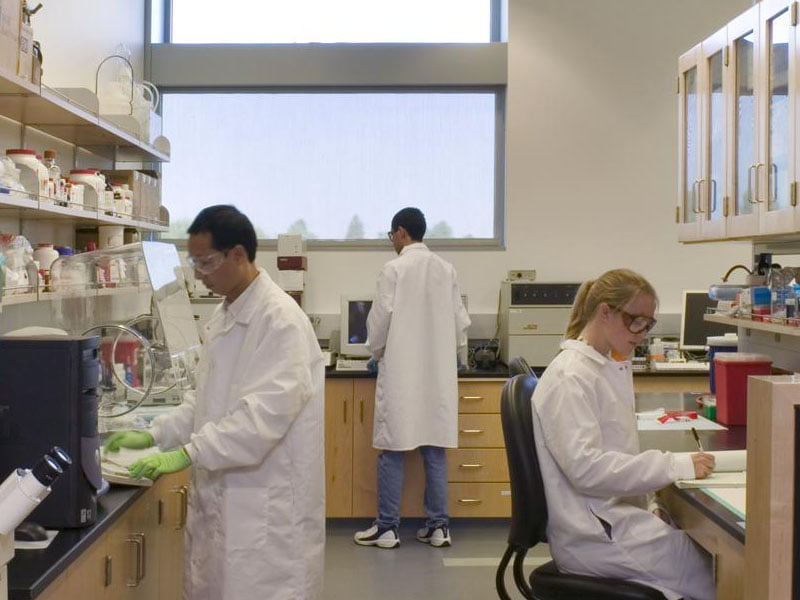A recent ruling over whether a drug trial carried out under contract was a new knowledge generating activity for R&D tax incentive purposes has implications for all contracted tech development.
Earlier this year, the Administrative Appeals Tribunal (AAT) ruled on a case involving a pharmaceutical company that provides developmental services to clients. The pharma had asked Innovation Australia for an advance finding on whether a drug trial conducted under contract for a foreign related entity was entitled to R&D tax relief.
Innovation Australia jointly administers the R&D Tax Incentive scheme, along with the Australian Tax Office and evaluates the eligibility of R&D activities while the ATO manages the expenditure side.

Innovation Australia originally found that the purpose of the trial as far as the local side of the pharma was concerned was to fulfil contractual obligations, even though the trial was experimental and met requirements defining core R&D activities.
The key word here is ‘purpose’ and the Innovation Australia finding said that the firm’s contractual obligations negated creating new knowledge as the purpose of the activity in terms of eligibility for R&D tax relief.
While the AAT upheld Innovation Australia’s argument that the purpose of generating new knowledge must be held by the applicant R&D entity, it overruled the argument that generating new knowledge must be the dominant purpose.
Instead AAT considered that the “purpose of generating new knowledge must be more than an insubstantial purpose and must be substantial enough to enable the activity to be accurately characterised as conducted for that purpose.”
In other words, the contracted drug trial had enough new knowledge creation to get it beyond being just a business as usual activity.
While the AAT ruling involved a drug trial, it’s just a short stretch to covering all sorts of contracted development activity such as software, hardware and services development so long as has a substantial kernel of new knowledge generation held by the applicant contractor.
So what does the AAT ruling mean for companies in contractual arrangements claiming the R&D Tax Incentive?
Make sure your paperwork is squared away and can substantiate the purpose of the development work leading towards new knowledge.
In a note to clients, R&D tax advisors Swanson Reed said the case highlighted “the importance of substantiating R&D claims from all parties involved in a contractual agreement, to eliminate uncertainty regarding whether or not a core R&D activity meets all requirements of s355-25(1) of the ITAA 1997”.
Marcus Tierney, a partner with PWC working in the firm’s government grants and R&D incentives team sees the ruling as a positive, especially given the federal government’s recent rhetoric encouraging collaboration in last year’s Innovation Statement.
“It’s definitely a positive … the federal government’s very much about collaboration at the moment.”
Mr Tierney says the reason companies get contractors to help out with development work is because they don’t have the skills to do the work themselves.
“It’s a bit anomalous to have a law saying don’t collaborate when it’s something you need to do to get your project off the ground.”
For all companies undertaking R&D and needing to prove new knowledge generation for tax purposes, Mr Tierney says it’s important to document the development process, right down to taking screen shots of Google searches that can show what the body of knowledge around a research area was at the time an R&D activity was begun.
“Little things like that can help the regulator understand because they might not chat to you until twelve or eighteen months after you have done the work.”
Do you know more? Contact James Riley via Email.

